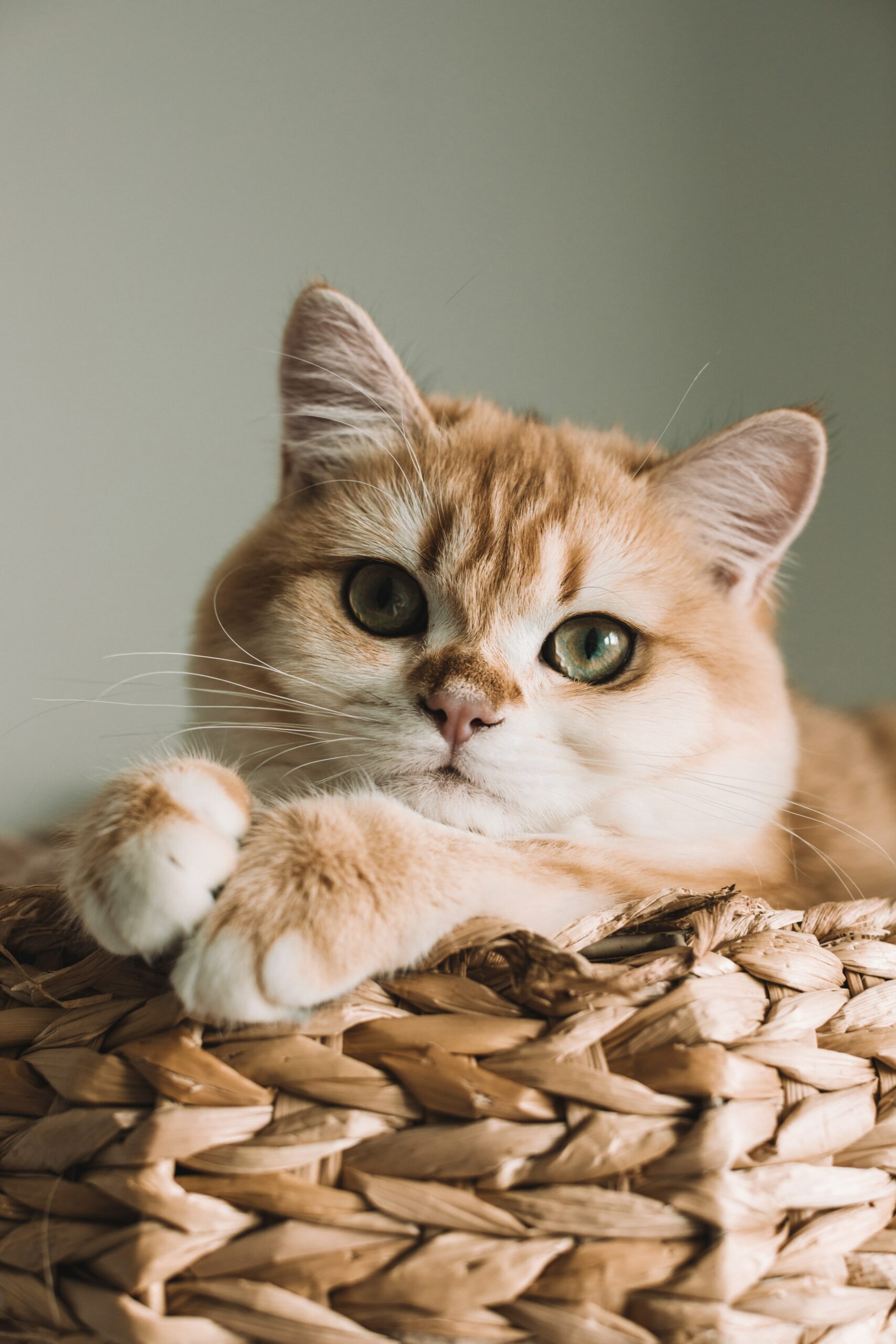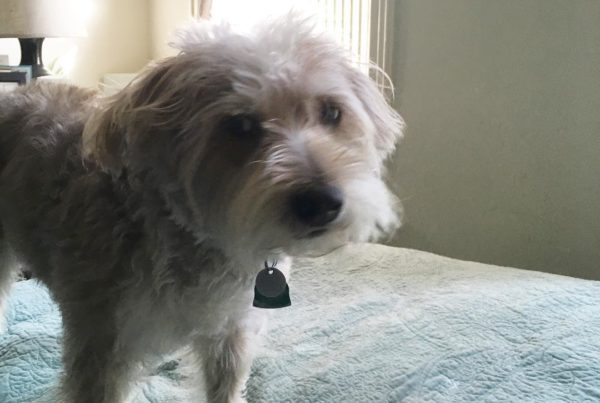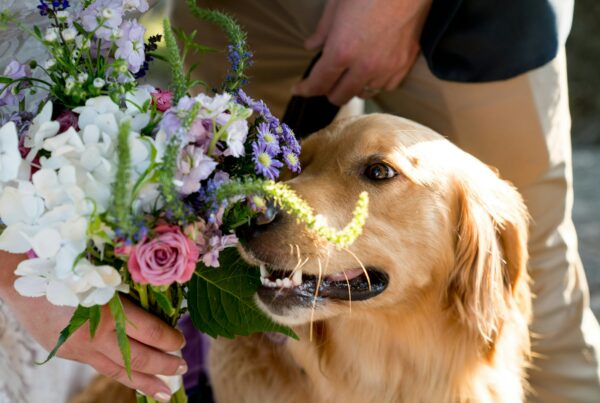Cats are curious creatures. They like to explore, scratch furniture and curl up for a nap in the sun. One of their most intriguing behaviors is purring. Cats purr because it helps them communicate with other cats, self-soothe and stay healthy. Here are 9 reasons why your cat might be purring!
Cats Have a Wide Range of Vocalizations
They can growl, meow, hiss, purr and more. All cats are capable of these sounds, but the frequency at which they’re used depend on the cat’s mood. Cats also use vocalizations to communicate with their kittens as well as other cats in their territory.
Cats will often meow when they’re hungry or want attention from their owners. In contrast, a cat who is angry might growl or hiss while an ill or injured animal may produce a different sound altogether, such as a pitiful mewing noise called “distress calling.” A mother will use her own type of distress call to tell her litter that she needs help nursing, grooming them, or moving them to a new location.
All of these vocalizations are used for different reasons, but the one we’re most familiar with is the purr. Purring has been described as a “satisfied” sound, and it’s usually accompanied by a relaxed body posture. So why do cats purr? The answer isn’t entirely known, but there are several hypotheses.
Anatomy
The first has to do with cat anatomy. Cats have muscles in their larynx that can control the purring sound, which is why they’re able to meow as well. When cats purr, they also use these same muscles along with a contracting of the diaphragm and tissue around the heart. This creates a vibration that is then amplified by the cat’s chest and skull.
Self-healing
Some scientists believe that cats purr as a way to self-heal or promote healing in other animals. Studies have shown that when kittens purr, their heart rate slows down, and they experience less stress. It’s been proposed that this may be why cats purr when they’re injured or even giving birth. If a cat’s natural instinct is to protect itself and its young, why not promote healing?
Check also: https://petstime.com/cat/siamese-cat-names
Healthy Bones
Another theory suggests that the vibrations of the purr help with bone growth and healing. Cats will often lick their own bones after injury as if trying to nurse themselves back to health. A cat’s purr is so strong that it can actually be heard on sonograms. Cats have been shown to heal bones faster with the power of their purrs, which can be up to 26 decibels louder than their regular breathing rate. This may be why you see so many cats sleeping by people’s bedsides in hospitals and nursing homes. These animals intuitively know that a little of TLC goes a long way towards making someone feel better!
Calming the Prey
The act of purring itself may even have an evolutionary connection to why cats do it. Cats evolved as solitary hunters and had few predators aside from humans, which meant they didn’t need a complex communication system like other social animals such as dogs or wolves. Being able to purr allowed their prey (rodents, birds and insects) to remain calm even as they were stalked or attacked, which may have increased the chances of a successful hunt.
Cats Purr in Different Ways, Depending On Why They’re Doing It
The most common reason is to show contentment and happiness, but cats also purr when they are injured or sick as a way of healing themselves. Cats will even purr loudly while giving birth! The frequency of cat purrs range between 25 Hz up to 150 Hz, with an average around 35 Hz.
Cats can also create short bursts of ultrasonic frequencies which we can’t hear. This is why you may sometimes see your cat “wagging its tail” even when it’s not moving – it’s actually vibrating its entire body to produce the ultrasound!
So why do cats purr? The answer remains a mystery, but there are several plausible explanations that scientists continue to explore. We still have much to learn about this interesting behavior! No matter why your cat is purring, it’s always a special and comforting thing to hear.
photo credit: https://unsplash.com/photos/_867Jy8LCkI
Love our content? Share it with a friend or link it to social media. Like short clips of cute household pets? Training tips? Follow us on instagram @nydognanny or on YouTube at nydognanny. Have some news you needs to get to dog and cat parents stat? Email info@newyorkdognanny.com with your article pitch.




